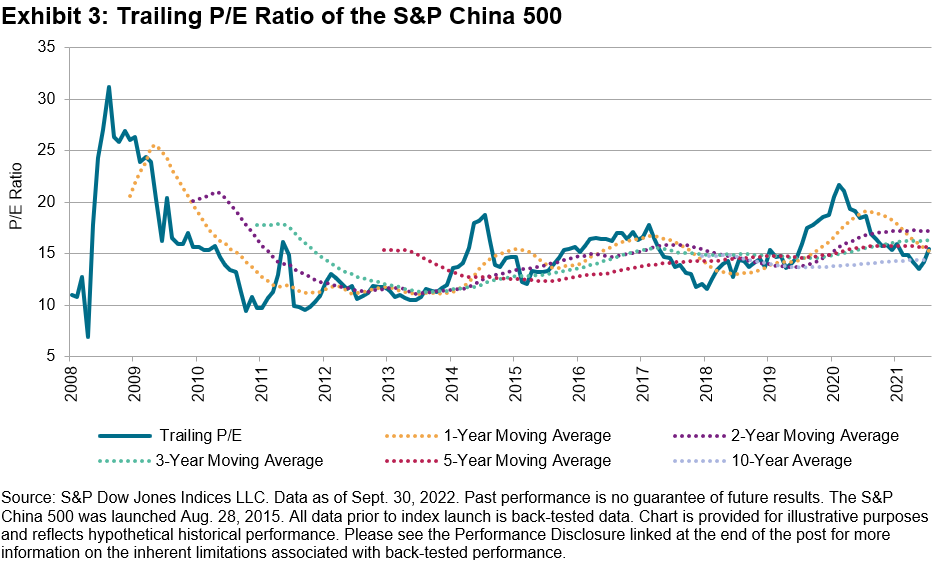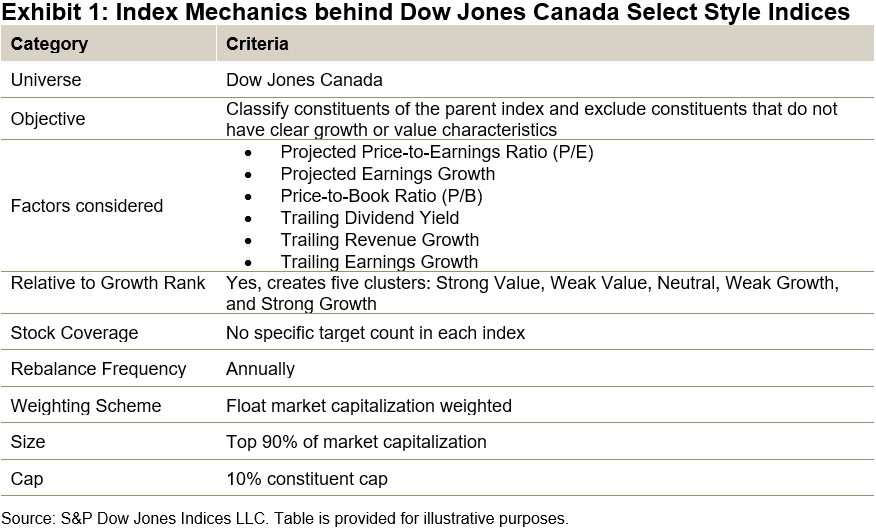What a year it is turning out to be for Latin American equities. Despite the turbulence of the past three quarters, Latin America has been resilient. As shown in Exhibit 1, the S&P 500® and S&P Emerging BMI have declined in every quarter of 2022 and have lost more than 20% each YTD as of Sept. 30, 2022. Meanwhile, the S&P Latin America BMI gained 3.6% in Q3, edging into positive territory YTD.
While returns have been mixed across countries and quarters, it’s clear that Chile and Brazil’s stellar performance contributed to Latin America’s overall gains. Moreover, among global country indices Chile and Brazil ranked among the top five best performers for Q3 and YTD.1
The story in the region has not changed much since last quarter, with inflation, rising interest rates, the Russia-Ukraine conflict and domestic political uncertainty continuing to loom over the region. Despite these headwinds, markets in general have done relatively well in Q3. Except for Colombia and Mexico, all other equity markets gained during the quarter, with Argentina’s S&P MERVAL posting the largest gains of 57% in ARS. Chile’s S&P IPSA ended the quarter up 3% in CLP, and it was the only index with positive returns for every quarter of 2022. The S&P Brazil BMI’s strong returns of nearly 12% offset Mexico’s S&P/BMV IRT loss of 6%.

In terms of sectors, most ended on a positive note, with top performers Information Technology, Consumer Discretionary and Energy posting gains of 27.5%, 18.6% and 16.6%, respectively. The Financials sector, which gained 8.3%, and the Energy sector, up 16.6%, were the largest contributors to the overall returns for the region. Materials (-6.0%), the second-largest sector in the region after Financials, had the largest negative impact on the region’s returns for the quarter.

The top 10 largest companies by index weight, representing over 30% of the index, had a significant impact on performance in Q3. Specifically, Brazilian giants Petrobras and Itau Unibanco were major drivers in leading the region to positive territory. Mining companies like Brazil’s Vale, Mexico’s Grupo Mexico and Peru’s Southern Copper were significantly affected by the drop in metal prices for iron ore and copper, which were down 18.3% and 22.0% YTD, respectively.2 Communication Services ended the quarter at the far end of the negative side, driven by Mexico’s America Movil’s price drop of nearly 13% for Q3.

Despite the ups and downs of the markets, Latin American equities have remained resilient so far. As we enter Q4, it will be interesting to see if the region can hang on to these gains and hopefully add some more as the year comes to an end.
For more information on how Latin American benchmarks performed in Q3 2022, read the latest Latin America Scorecard.
1 S&P Global Equity Indices Monthly Update. Sept. 30, 2022. sp-global-equity-indices-monthly-update.pdf
2 Source: S&P Capital IQ Pro. Data as of Sept. 30, 2022. Iron Ore 62% FE (CME-NYMEX). Copper (COMEX).
The posts on this blog are opinions, not advice. Please read our Disclaimers.





















































